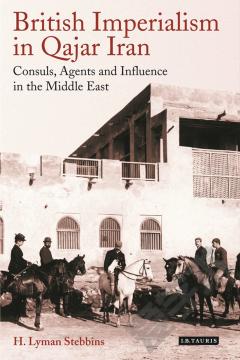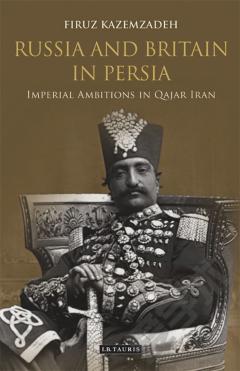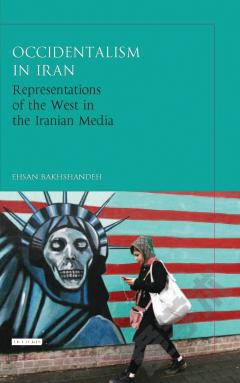British Imperialism in Qajar Iran
In 1888, there were just four British consulates in the country; by 1921 there were twenty-three. H. Lyman Stebbins investigates the development and consequences of British imperialism in Iran in a time of international rivalry, revolution and world war. While previous narratives of Anglo-Iranian relations have focused on the highest diplomatic circles in Tehran, London, Calcutta and St. Petersburg, ththat British consuls and political agents made the vast southern borderlands of Iran tof British power and influence during this period. Based on British consular archives from Bushihr, Shiraz, Sistan and Muhammarah, this book reveals that Britain, India and Irtogether by discourses of colonial knowledge and patterns of political, military and economic control. It also contextualizes the emergence of Iranian nationalism failure and collapse of the Qajar state during the Iranian Constitutional Revolution and the First World War.
{{comment.content}}








 京公网安备 11010802027623号
京公网安备 11010802027623号